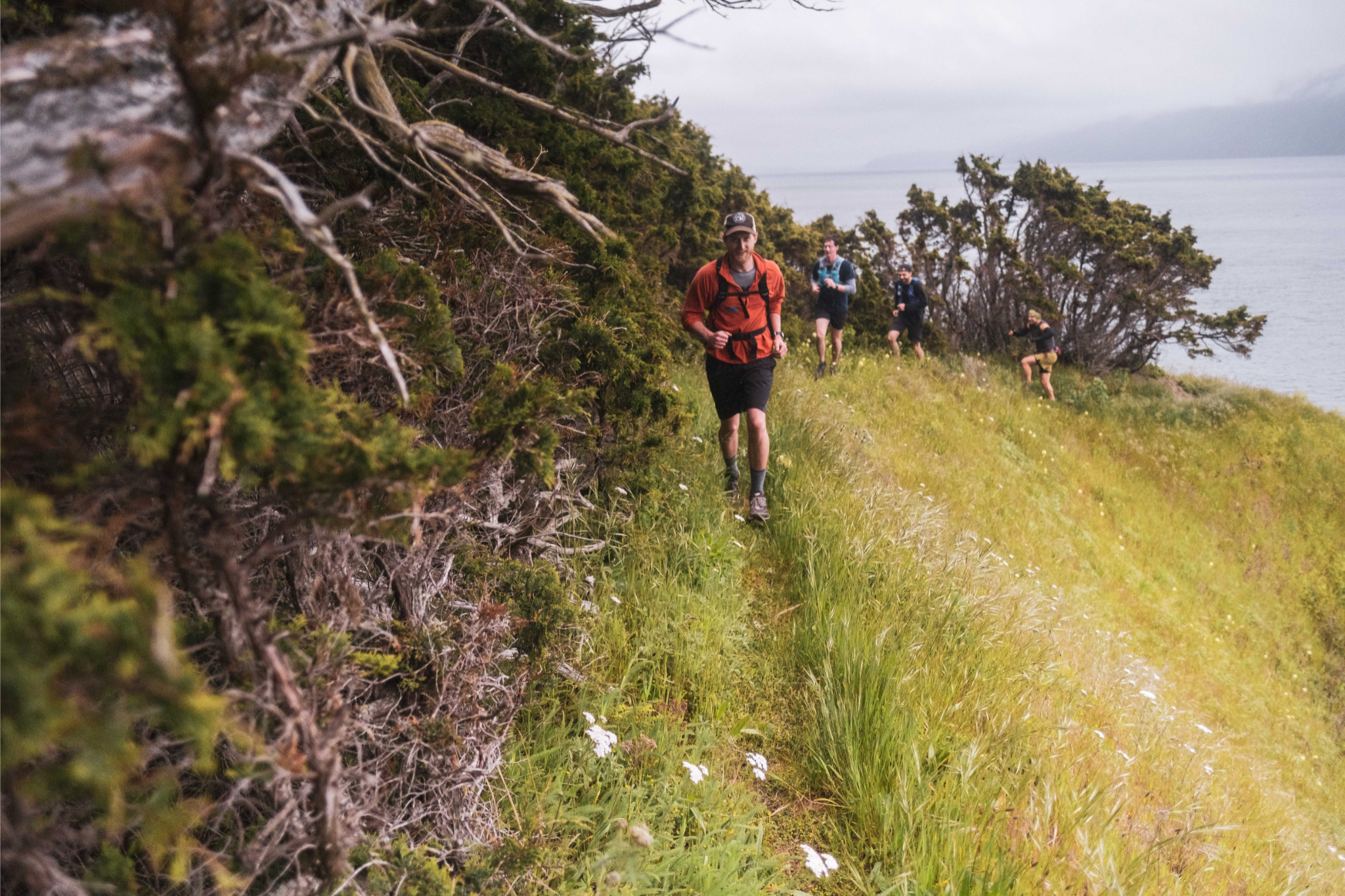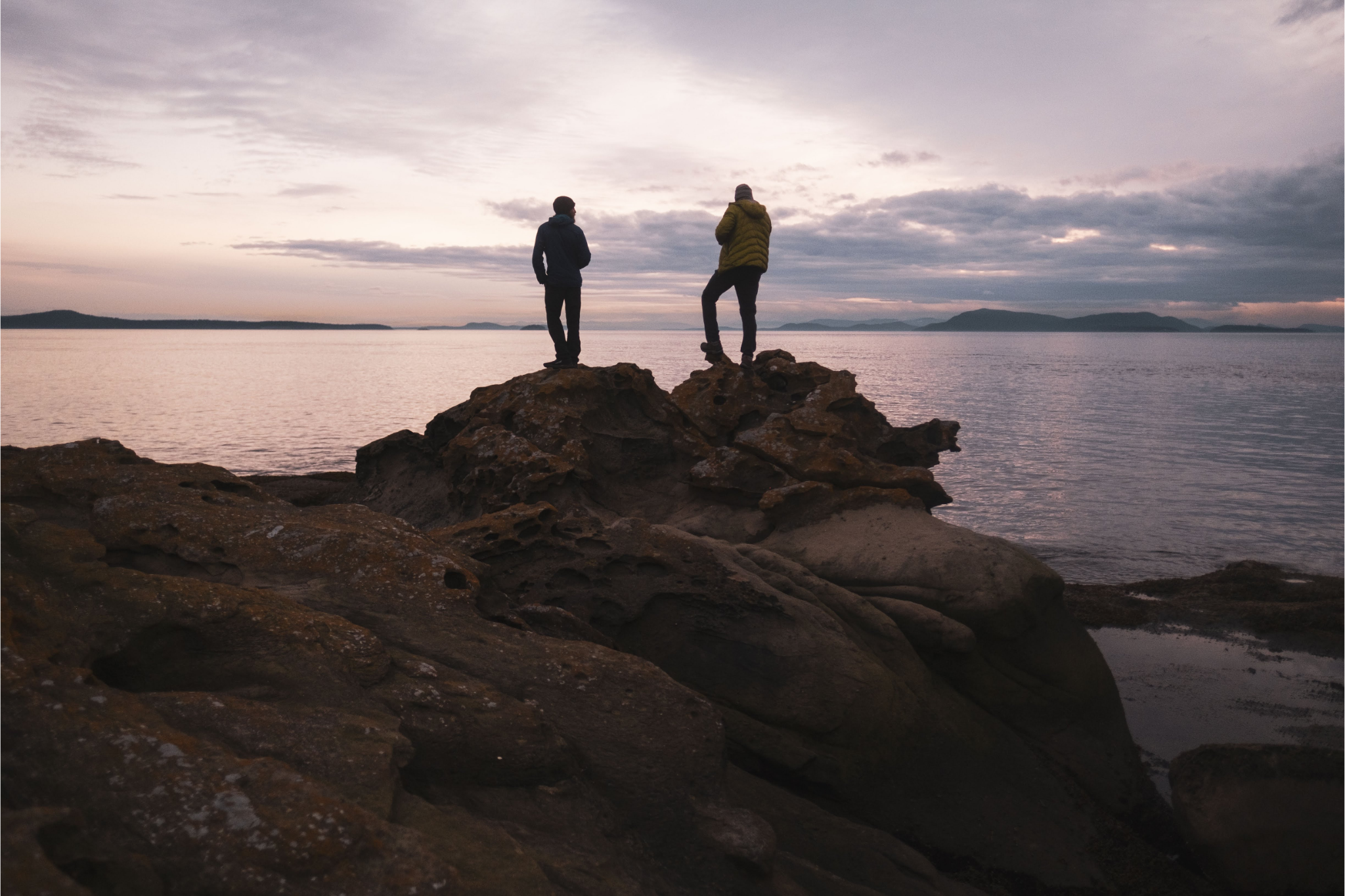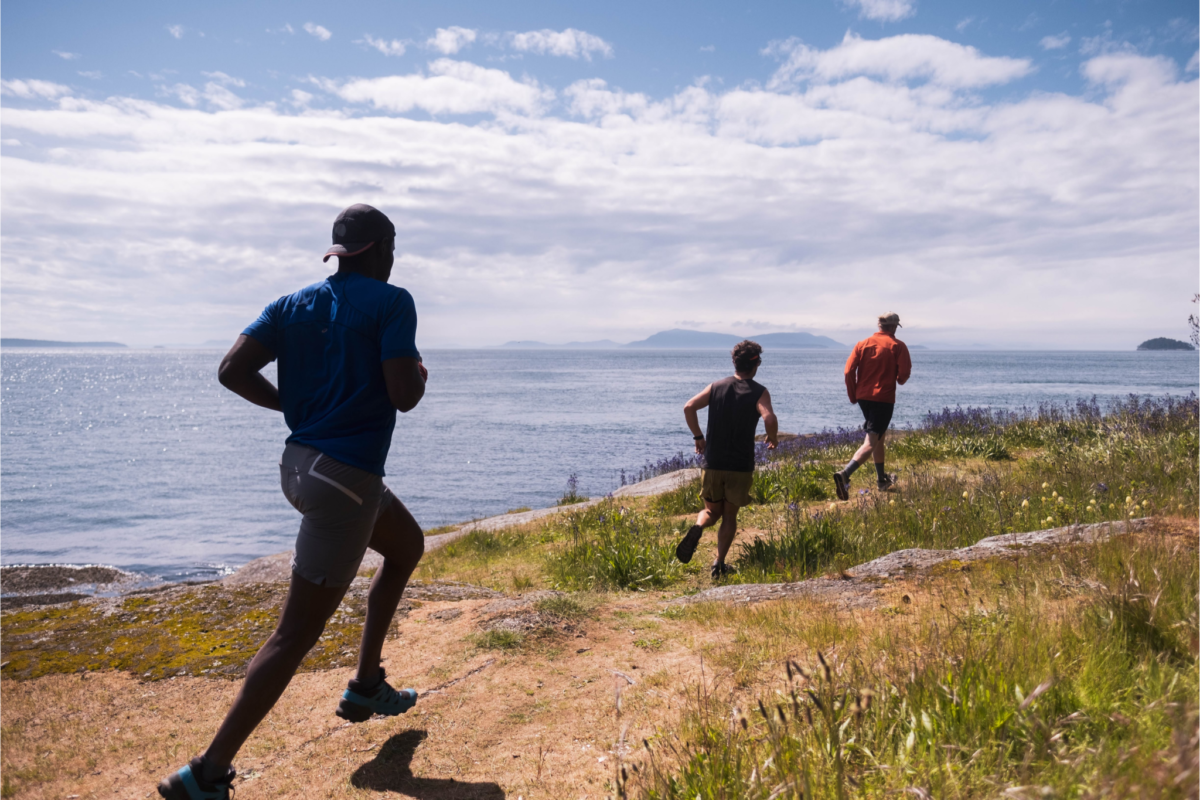Running as Ritual
Why do humans run? Evolutionarily, our unique bipedal movement served as transportation and survival. Our legs got us places. If our endurance and primitive tools bested our prey, we ate. If we ran faster than what or who was chasing us we survived. Fast forward 70,000 years from the Paleolithic period and the once critical evolutionary adaptations our bodies made for movement have been supplanted by new technologies. Today I can sit from my computer and order food, do “work”, pay my mortgage, and communicate across time and space. All by dancing my fingers across a keyboard. Running has been relegated to the realm of leisure or loathing– and for some, ritual.

There are those, possibly eccentrics, for whom echoes of an ancient running ethos still resonate. To these runners a commitment to movement is more than sport and more than an effort to improve one’s corporeal presentation. Running for these humans is a practice that increases mental and physical capacity to do hard things. Thus the very act of running is a protest against what is easy. By choosing movement, we rage against complacency, we embrace suffering, and we unlock wisdom reserved for those willing to transgress the norms of ease and comfort. It’s as if the very process of choosing movement provides access to a deep and powerful psyche forged in our earliest evolutionary consciousness.
In practice, every run begins in the mind and our bodies follow. The legs begin to churn and the arms swing. In motion, the body presents the mind with a dialogue of fatigue, joy, pain, sweat, and breath. The mind receives these messages and determines how to respond. Continue? Walk? Sprint? Crawl? Stop? In movement, this chorus of physical sensations becomes the mind-body connection. Over miles and over time, the timbre of these sensations change. The body adapts. The mind learns when to push and when to rest. An understanding and acceptance of individual strengths and weaknesses develops and informs choices of how to care for the body and mind in a holistic and graceful way.

In this context, winter, the “off” season, offers a profound opportunity. In removing the objective (read: miles of glorious alpine running) from our immediate reality, we are encouraged to appreciate the process. Training, the act of committing to the process, invites us to experience our connection to our bodies, to listen to the feedback we receive, and honor our needs. Through that attention and repetition, we create the ritual.
Running as a ritual is a moving meditation. As we put in the miles and strength training to support prolonged effort, we reap the rewards of a stronger body and a more dynamic connection to movement. Our perceived exertion diminishes, making way for a runner’s holy grail, the flow state.
The flow state exists in part as a tactile connection with the present – the nuances of the tread beneath our feet, the scent of the cedar forest, the mist and gray and cold all merging with our bodies in a synergistic conversation. To move stuck energies, and to release. If ritual is a practice enacted to bring us into closer contact with the profound, then for runners, flow state is the activation of that connection. Flow is a means for furthering our connection to self, place, and others. In connecting with the world beyond our self, we have it for a time – bliss.

When we choose movement, again and again, we choose transcendence. Each run is an invitation to be fully present and aware. Each run is testament to the power and capacity in each of us to be self determining agents of change and creation. While none of this directly translates to our survival, each run is an act of living.
So it’s no wonder we’ve found each other then. The runner’s high can be credited, in part, with a favorite saying of ours, “Trail friends, best friends.” Our community of runners who’ve found love in the dirt and sweat of their shared ritual is a treasure. Welcome to the tribe.
Looking to develop your running practice. Check out our training resources on the RUN Journal.
Written by Abram Dickerson and Trent Banks

